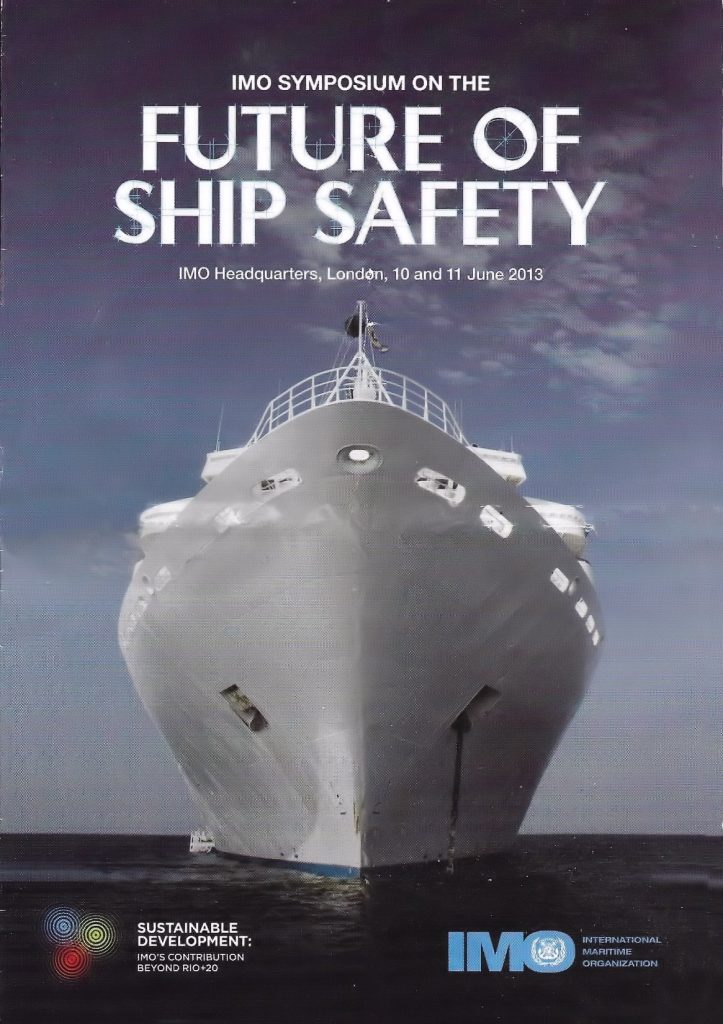Today was an interesting day. Half way through the day I discovered that Peter Banks was going to attempt to do a live stream covering some of his early keyboard exploits.
It was a small audience, a very intimate session. I dare say there would not have been a live session like this without the lockdown. It really brightened my day.
Then there was an email I got from my email provider – they are closing down the email address I have had for over 25 years. A bit annoying at first, but as I worked to transfer all of my contact details to a new email address I realised it was an opportunity to organise things a bit better, and I ended up with that just-showered feeling afterwards. Without the lockdown I would have found it hard to make the time to do this on-line spring clean.
On top of this I had a call from Snowy to chat about life – and to get bullied by him in to connecting with other people that I had not seen in over 20 years.
Overall the day was better than it would have been without lockdown. Strange.
I also noticed today that the last cruise ships were returning to their home ports today to disembark their passengers. It reminds me of a paper I gave at a conference a few years ago at IMO, looking at ship safety in the future (since Fukushima had just happened they wanted to get a nuclear input). The issue I chose to talk about was the problems of the economy of scale. We build bigger and bigger, then get really shocked when the accidents are so big.
If you think about it – if a large cruise ship has an accident (or an illness spreading fast) how many ports can deal with it – certainly none on the remote islands some of these cruise ships visit. The ship just docking had just under 2,000 passengers – and had been visiting Pitcairn where the population was 50, and the Raratonga in the Cook Islands where the population was around 10,000. Imagine how hard it would be for those islands to cope with even a small number of casualties or sick people from the ship. Raratonga hospital has only 80 beds.
There are many other examples where the size of our creations has contributed in some way to the death toll. Think about the World Trade Center – how many less would have died if there were four buildings half the size? Or eight buildings a quarter of the size.
We build bigger because it is cheaper. The economy of scale. An easy way to think about it is to think about a dam to store water. If you have a dam 1m high and it fails then you get wet to the waist. If you have 10 dams 1m high and they all fail at the same time (much less likely) then you still get wet to the waist. But if you use the economy of scale and build one dam 10m high and it fails then there is a good chance of drowning.
How much of our world has had the economy of scale driving the way we develop? Our large cities are an example, with their poor air quality and now the fast spreading of the virus. Will the new runway at Heathrow be a future example?
I guess I am just thinking along the lines of the tower of Babel story, where we attempt to promote ourselves to the position of gods with our technical prowess. Maybe smaller is more expensive, but maybe it is a better way to live.

